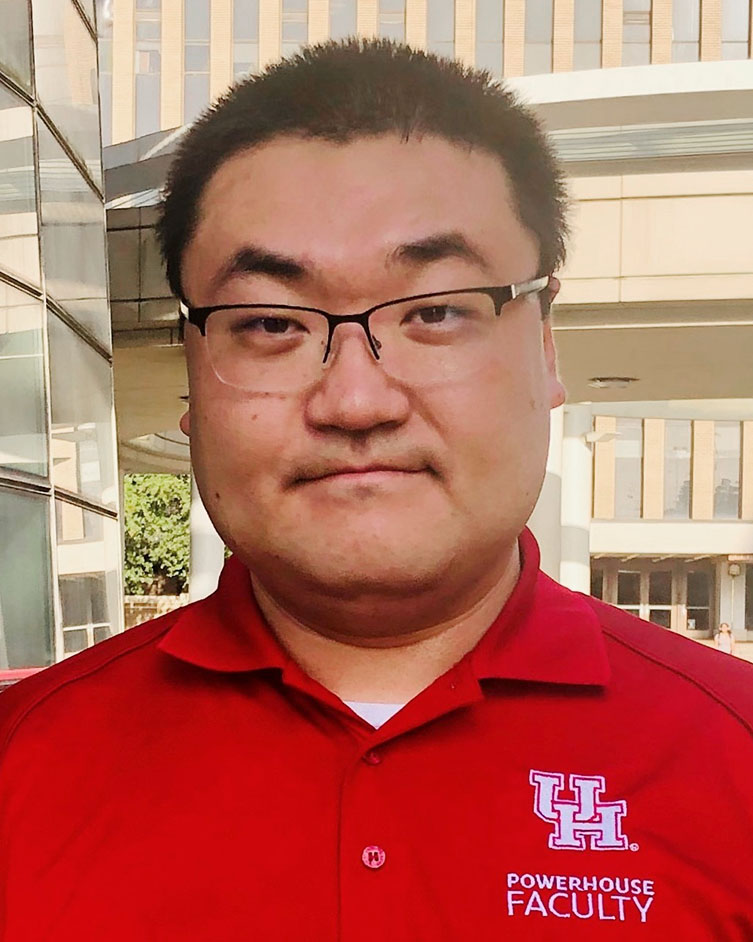Three-Year Term Begins in June
Di Chen, research assistant professor of physics, and scientist in the Ion Beam Laboratory of the Texas Center for Superconductivity at the University of Houston, was elected to the Executive Committee of the Accelerator Applications Division of the American Nuclear Society.

Craig H. Piercy, Executive Director and CEO, said Chen’s three-year term will begin at the conclusion of the Division’s Executive Committee meeting in Anaheim, California, this June.
The Accelerator Applications Division was organized to “promote the advancement of knowledge of the use of particle accelerator technologies for nuclear and other applications. It focuses on production of neutrons and other particles, utilization of these particles for scientific or industrial purposes, such as the production or destruction of radionuclides significant to energy, medicine, defense, or other endeavors, as well as imaging and diagnostics.”
Chen joined the ion beam laboratory at UH as a research assistant professor in the Department of Physics in 2018. He received his Ph.D. in nuclear engineering from Texas A&M University in 2014. He was a post-doctoral associate at Los Alamos National Laboratory.
His research has focused primarily on nuclear materials under extreme conditions, defect engineering, and fundamentally understanding radiation damage evolution. The goal of his research is to irradiate and investigate advanced nuclear materials, including structural materials (HT9, T91, ODS, etc.) and nuclear fuel, solving the challenges and issues we are facing from many perspectives. Especially, he has been working on developing a unique technique that can perform in-situ thermal and structural property measurements. In addition to studying nuclear materials, he has also researched carbon nanotube systems, metallic glass, and semiconductors.
Chen has a very strong background in operating and maintaining accelerators. He has extensive experience in microscale characterization techniques such as TEM, FIB, SEM, and nano-indentation. He is also interested in computational simulations using Molecular Dynamics and Kinetic Monte Carlo.
- Susan W. Butler, Texas Center for Superconductivity at UH